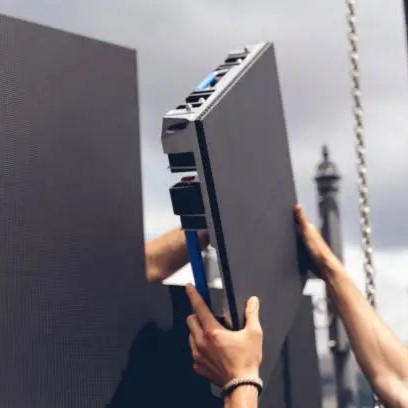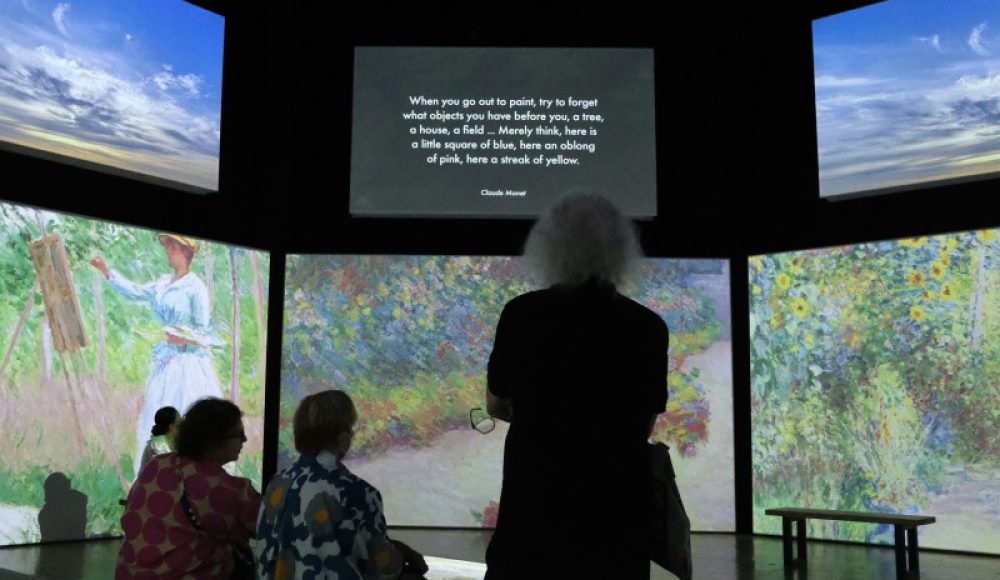Why Logistics Defines Rental Display Success
In the event industry, speed and adaptability often determine success. Event organizers face pressure to set up, operate, and dismantle venues within narrow timelines. At the same time, rental companies must maximize efficiency to remain competitive. In this context, indoor rental LED displays provide critical advantages. Their design emphasizes lightweight construction, modular assembly, and transport efficiency. These features directly address the logistical challenges of modern event production.
The demand for indoor LED displays has grown beyond concerts or trade shows. Corporate events, exhibitions, weddings, and product launches now rely on dynamic visuals to engage audiences. Yet visuals alone do not define market success. Instead, the practicality of moving and installing equipment ensures sustainability for rental providers. As modular LED technology evolves, the focus increasingly shifts toward transportation efficiency and ease of installation.
The Shift from Permanent Installations to Rental Solutions
Traditionally, LED displays were designed for permanent installations. Shopping malls, airports, and conference centers invested in large-scale displays with long-term use in mind. However, this approach failed to address the rising demand for short-term, high-impact visual solutions. Event organizers needed flexible systems that could be moved between venues.
This market shift created opportunities for indoor rental LED displays. Unlike permanent installations, rental units prioritize portability. Panels feature lightweight frames, standardized dimensions, and robust connectors. These characteristics enable rapid setup and dismantling. Rental companies now build their business models on repeat usage, offering event clients a cost-effective alternative to owning permanent display systems.
Lightweight Design as a Logistics Advantage
Weight represents one of the most pressing concerns in display transportation. Heavy equipment requires more labor, higher shipping costs, and specialized handling. By contrast, modern indoor rental LED displays are engineered for minimal weight. Aluminum frames, thin panels, and refined circuit integration reduce overall load without compromising durability.
This lightweight design carries measurable logistical benefits. Trucks can transport more panels in fewer trips, cutting fuel consumption and lowering costs. Workers require less physical effort during handling, reducing fatigue and improving safety. Moreover, lighter panels expand the range of possible venues. Event organizers can install displays in spaces where structural load limits might otherwise restrict traditional equipment.
Modular Assembly Streamlines Installation
Beyond transport, installation speed influences rental economics. Event schedules often demand overnight or same-day setup. Here, modular assembly proves indispensable. Each indoor rental LED display unit features precision-engineered connectors that snap into place quickly.
This modularity transforms assembly into a seamless process. Technicians require fewer tools and less training to complete installation. Panels lock together securely, ensuring both visual continuity and structural stability. The modular format also supports scalability. Rental companies can adjust screen size based on event requirements, adding or removing panels without difficulty.
Furthermore, modular designs simplify troubleshooting. If a single panel fails, technicians can replace it without dismantling the entire structure. This feature minimizes downtime during live events, protecting both client satisfaction and rental company reputation.
 Transport Efficiency Across Venues
Transport Efficiency Across Venues
Event rental companies rarely serve a single location. Instead, their operations span multiple venues, often across cities or regions. Efficient transportation becomes essential to profitability. Indoor rental LED displays address this challenge through compact packaging and protective cases.
Stackable transport solutions allow more units per truckload, optimizing logistics. Flight cases with wheels ensure mobility even in tight loading zones. Panels are designed to resist vibration and shocks during transit, reducing the risk of damage. Consequently, rental providers save on repair costs and replacement delays.
Transport efficiency also enhances responsiveness. Companies can accept back-to-back bookings in different cities, knowing that equipment can be moved and reassembled within compressed timelines. This operational flexibility strengthens competitiveness in the fast-moving events market.
Value for Event Organizers and Rental Providers
The logistical strengths of indoor rental LED displays benefit both sides of the event ecosystem. For organizers, shorter installation times reduce venue rental costs. Quick dismantling ensures faster turnover, allowing multiple events within the same space. For rental providers, improved logistics translate into higher utilization rates. Equipment spends more time generating revenue and less time in transit.
Moreover, these advantages reduce dependency on large technical teams. Smaller crews can manage larger setups, minimizing labor expenses. This efficiency is particularly valuable for smaller rental companies competing with larger rivals. By offering cost savings and operational reliability, modular LED displays elevate both profitability and customer satisfaction.
Enhancing the Audience Experience
While logistics shape the business model, audience experience defines event success. Fortunately, the design features that simplify transportation and installation also support superior visuals. Lightweight panels do not compromise brightness or resolution. Modular systems align seamlessly to deliver smooth, uninterrupted displays.
In addition, quick setup enables organizers to allocate more time to testing and content preparation. The result is a polished presentation that enhances audience engagement. By combining logistical efficiency with visual impact, indoor rental LED displays serve as both practical tools and creative canvases.
 Technology Advancements Supporting Logistics
Technology Advancements Supporting Logistics
Continuous innovation strengthens the logistical advantages of indoor rental LED technology. Manufacturers now integrate magnetic modules for faster alignment, reducing manual adjustments. Cable-free connections further minimize setup complexity, lowering the risk of wiring errors.
Advances in pixel pitch expand usage scenarios, from high-resolution conference screens to large-scale entertainment backdrops. Meanwhile, power efficiency reduces energy demands, enabling installations in venues with limited infrastructure. These technological refinements reinforce the balance between transport efficiency, installation ease, and performance reliability.
Conclusion: Logistics as a Strategic Differentiator
In today’s competitive event industry, visual technology alone no longer defines success. The real differentiator lies in logistics—how quickly, safely, and efficiently equipment can move between venues. Indoor rental LED displays deliver unmatched advantages in this regard. Their lightweight construction, modular assembly, and transport-friendly packaging make them indispensable assets for rental companies and event organizers alike.
As demand for dynamic event visuals continues to rise, logistics will remain central to business models. Companies adopting modular rental LED systems position themselves for long-term growth. They can serve diverse clients, respond quickly to shifting schedules, and maximize equipment utilization. For TOPLED and its partners, this logistical advantage not only supports operational efficiency but also ensures sustained relevance in a rapidly evolving industry.
Ultimately, indoor rental LED displays redefine event logistics. They transform transportation and installation from costly obstacles into strategic strengths, setting a new standard for the future of rental display solutions.




